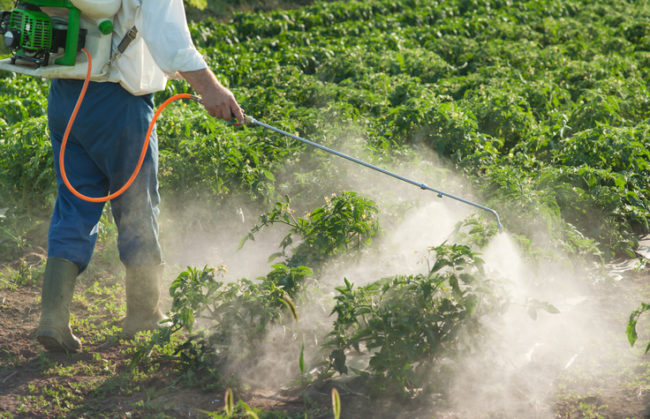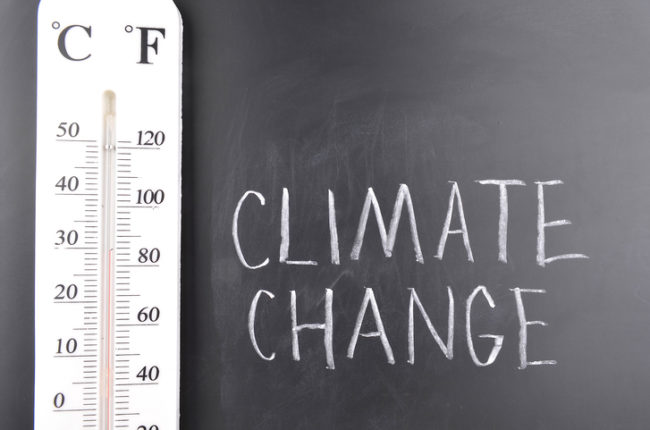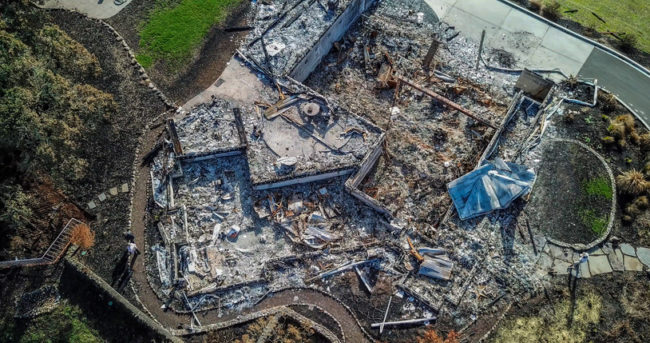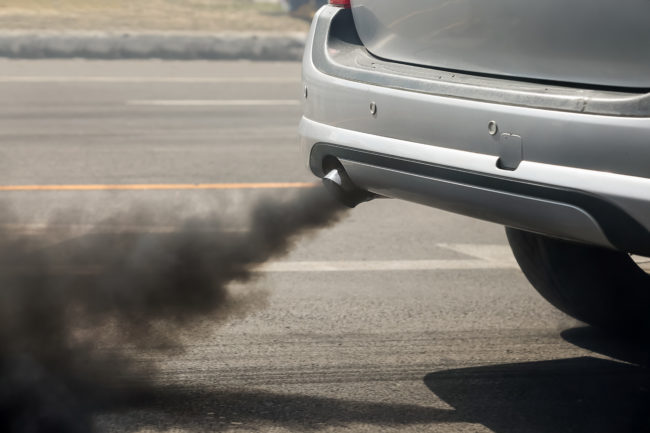We recently reported on a $289 million verdict for plaintiff Dewayne Johnson against Monsanto Company in the state Superior Court of California, an astounding verdict by the jury who found that Mr. Johnson’s use of glyphosate-containing herbicides caused him to develop a type of cancer known as non-Hodgkin’s lymphoma. Monsanto will be appealing the verdict on the grounds that the science does not show that glyphosate causes cancer. While the court in Johnson admitted scientific evidence by plaintiffs that glyphosate causes cancer, it is not …
Continue Reading







